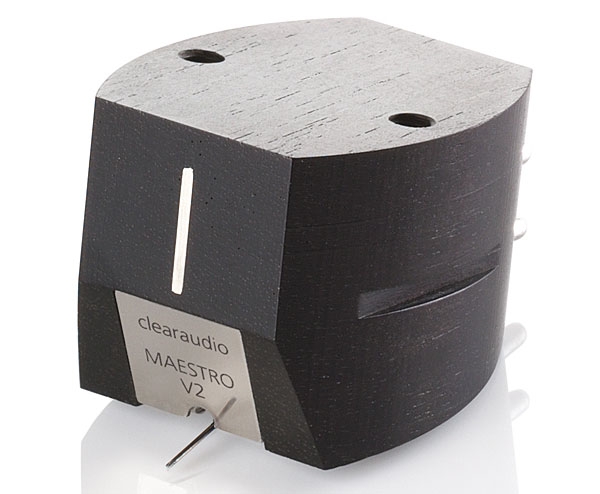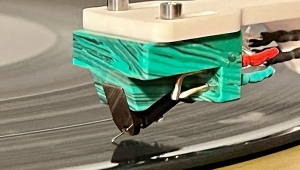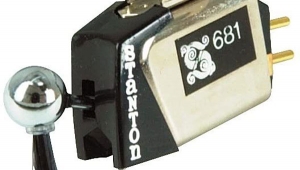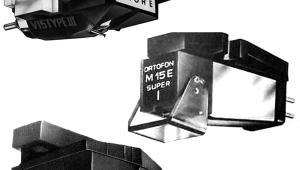| Columns Retired Columns & Blogs |
Michael, thanks for the well written and thought out review (as usual). I do wonder if you ever feel that reviewing a 1200$ cartridge in 2015 is a service?
It's not the dollar amount in itself that is pejorative; but rather the amount compared to alternatives in the non analog realm.
For the longest time I defended turntables as the best sounding front end. For the longest time, I spent my money on an analog front end, and the vinyl LPs to play on it. As recently as a few months ago, I still did.
Then after much denial and lost time, I admitted to myself that digital was no longer the awful sounding crap it once was. I did not want to believe it. I certainly did not want to make the change, much less embrace it; but I did. I traded my turntable for a high quality DAC. I couldn't be happier!
When I see people getting into vinyl; buying a turntable and start building a vinyl record collection now in 2015, I feel bad for them. They remind me of the people who invest in a stock when everyone is talking about it… Those people buy the stock at the wrong time (too late), and lose.
Now music is so much more than dollars and cents, and the enjoyment of music has no price. But, for the guy buying a 5000$ turntable NOW and building up a multi thousand dollar vinyl collection, that he will sell for pennies on the dollar in 2-3 years, I feel it's a disservice to push analog right now.
Mark this post if you wish, and gloat in 2 years if I am wrong. But, I have seen these kinds of trends and waves before. The vinyl bubble will burst, sooner than later. I don't wish it. But it will happen. Turntables improve, but at a slow rate. Digital improves much faster, and it keeps getting faster.






































